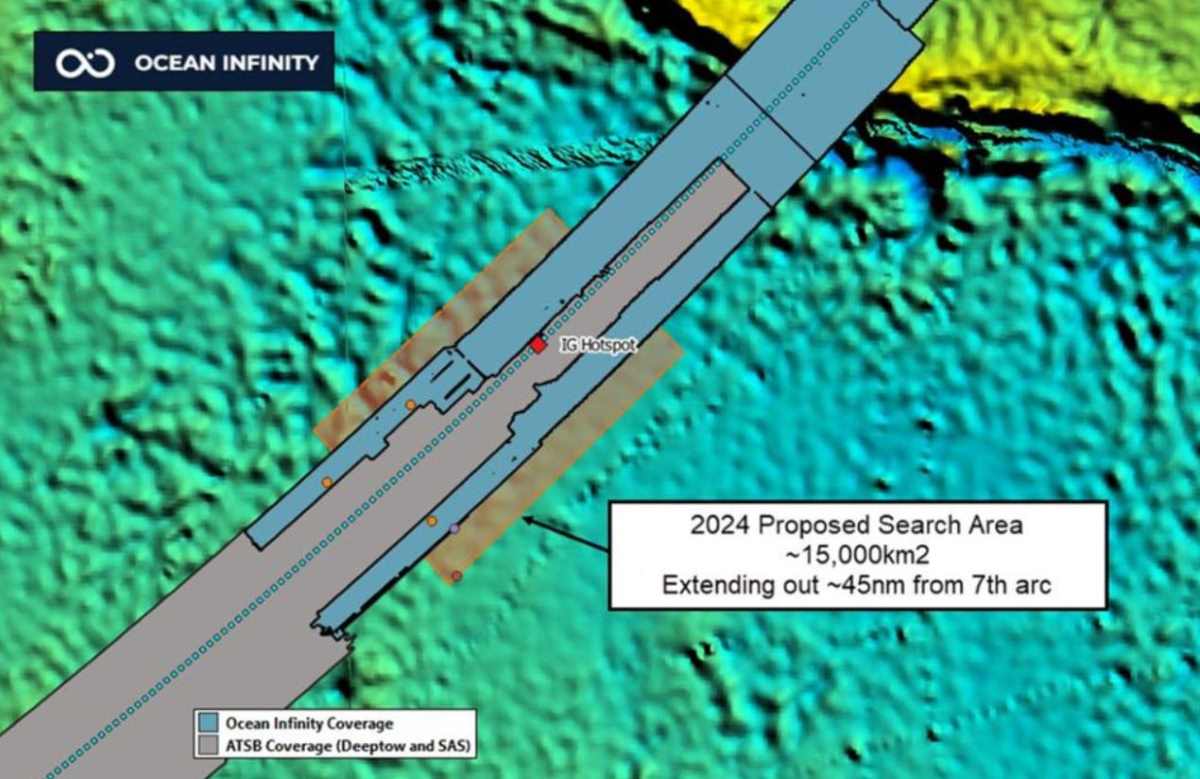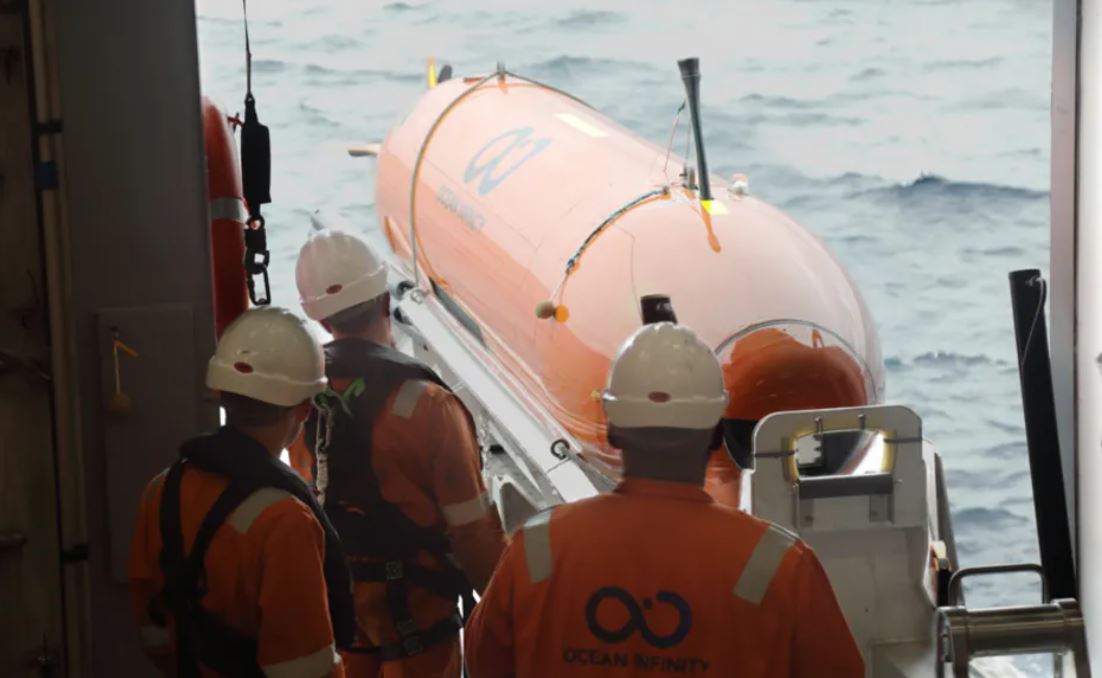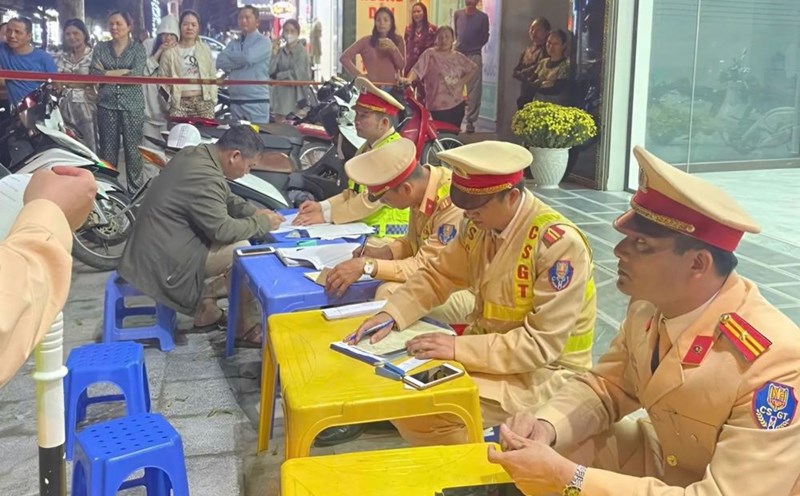A state-of-the-art control centre in Southampton, England, is set to lead a £57 million ($70 million) search operation to locate Malaysia Airlines Flight MH370, with experts claiming there is “credible evidence” pointing to where the plane crashed, UK news site GB News reported.
The Malaysian government agreed to the search proposal three weeks ago, with a contract expected to be signed this month.
Two leading experts, Professor Simon Maskell from the University of Liverpool and aerospace engineer Richard Godfrey, are leading the latest search effort.
New technology and evidence
Professor Maskell, an expert in autonomous systems, attended a key meeting with Malaysian ministers in Kuala Lumpur last May, convincing them there was enough evidence to start a new search.
Richard Godfrey, an engineer who narrowly escaped being on board Air France flight AF447, which crashed into the Atlantic Ocean in 2009, killing all 228 people on board, offers a unique perspective. He and Professor Maskell developed a method for tracking MH370’s final hours using weak signal propagation, a technique that studies radio waves moving around the Earth.
According to Godfrey's calculations, the plane likely crashed within a 29km radius around 29.128 south latitude, which is north of the current search area.
American debris hunter Blaine Gibson, who has found 22 pieces of debris confirmed to be from MH370, said the new campaign has strong prospects.
“We have both old and new evidence that is credible, and detailed analysis that points to the crash site. More advanced search technology and experience from previous searches also give us a clearer picture of where MH370 may have gone,” Gibson said.
The most advanced search campaign ever
The search, carried out by Ocean Infinity, will cover more than 15,000 square kilometres of seabed in the southern Indian Ocean, where experts believe the plane crashed after running out of fuel.

Ocean Infinity will use state-of-the-art autonomous vessels and unmanned underwater vehicles, coordinated from a hub in Southampton, UK – the former World War II Spitfire aircraft manufacturing facility.
Ocean Infinity's new Armada 78 vessels, equipped with the most advanced autonomous navigation technology, require only 16 crew members, significantly reducing costs compared to previous campaigns.
During the search for MH370, ships will carry crews to assist in the deployment and recovery of unmanned underwater vehicles. These vehicles will use advanced sonar technology, sending sound pulses to the seafloor to create detailed images as the sound bounces off objects.

The new search area lies between 33 degrees south and 36 degrees south latitude, but experts have also identified other potential areas. Professor Charitha Pattiaratchi from the University of Western Australia believes the plane could lie between 28 degrees south and 33 degrees south latitude, on the slopes of the Broken Ridge – a seamount on the Indian Ocean floor with steep slopes and trenches more than 4,800 metres deep, enough to hide a 74-metre-long Boeing 777.
Ocean Infinity has proven its capabilities through multiple successful deep-sea operations. Although there is no official start date for the search for MH370, the combination of modern technology, new evidence and experience from previous operations is lighting up new hope in the journey to solve the world’s greatest aviation mystery.











